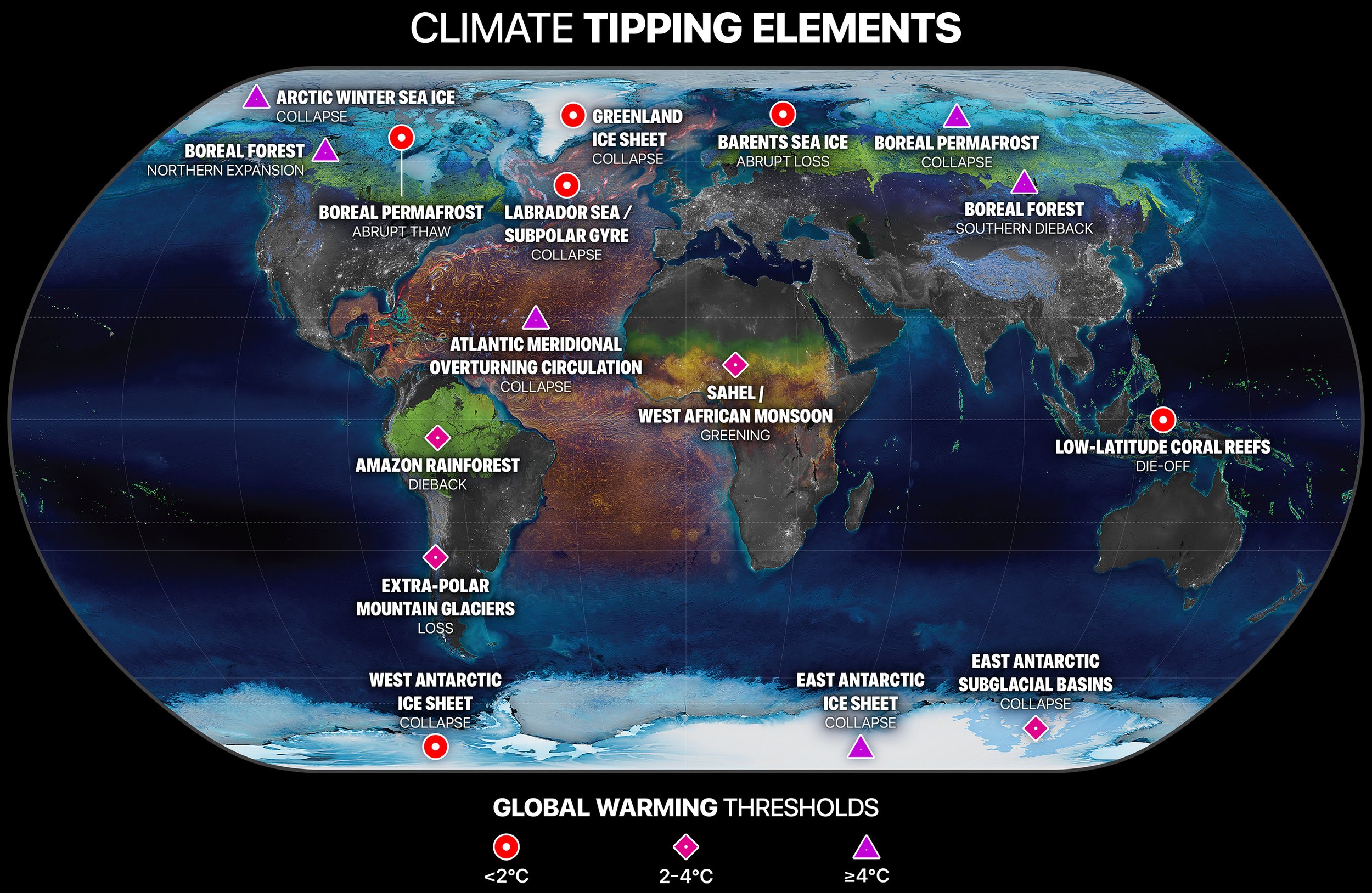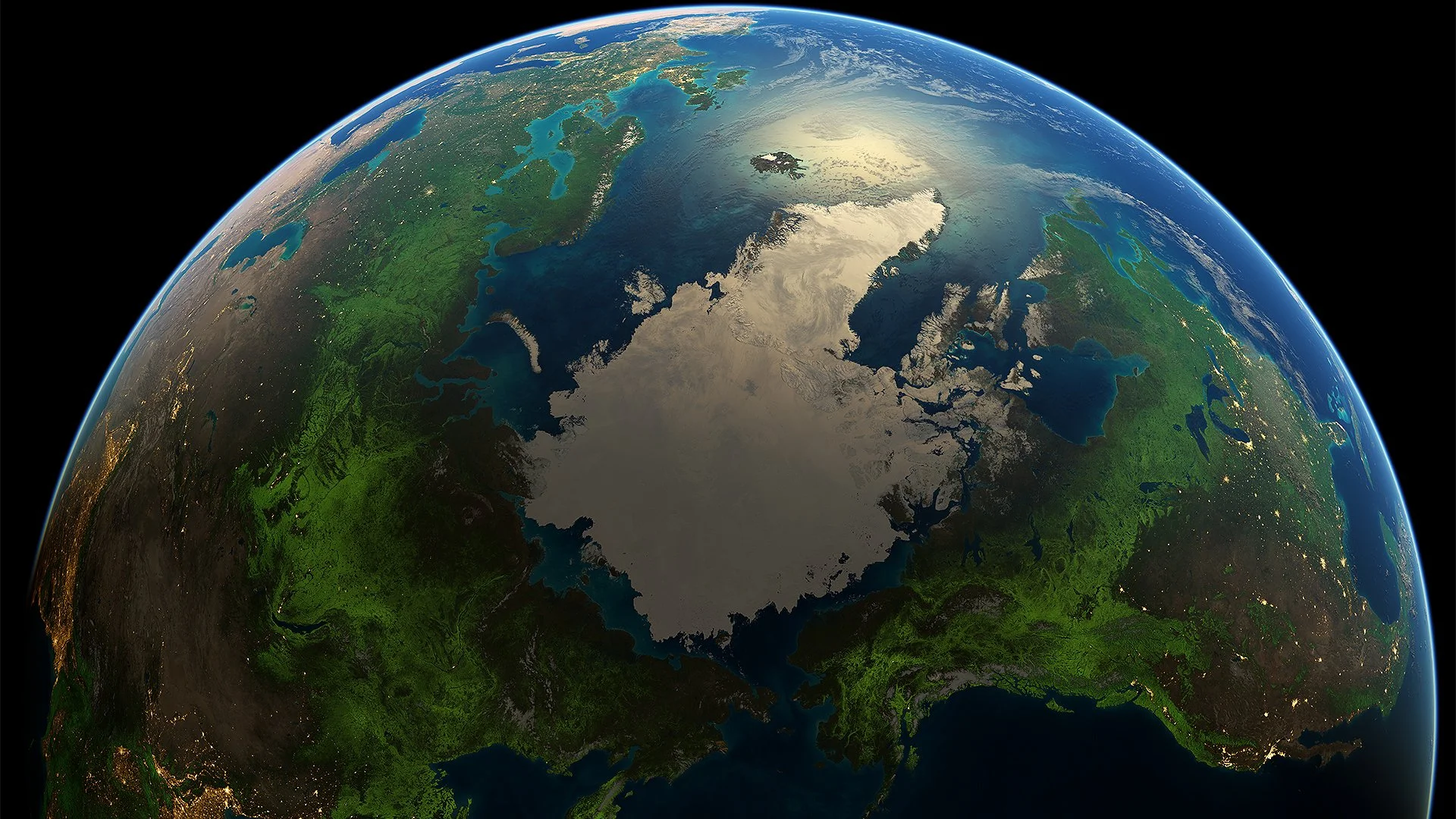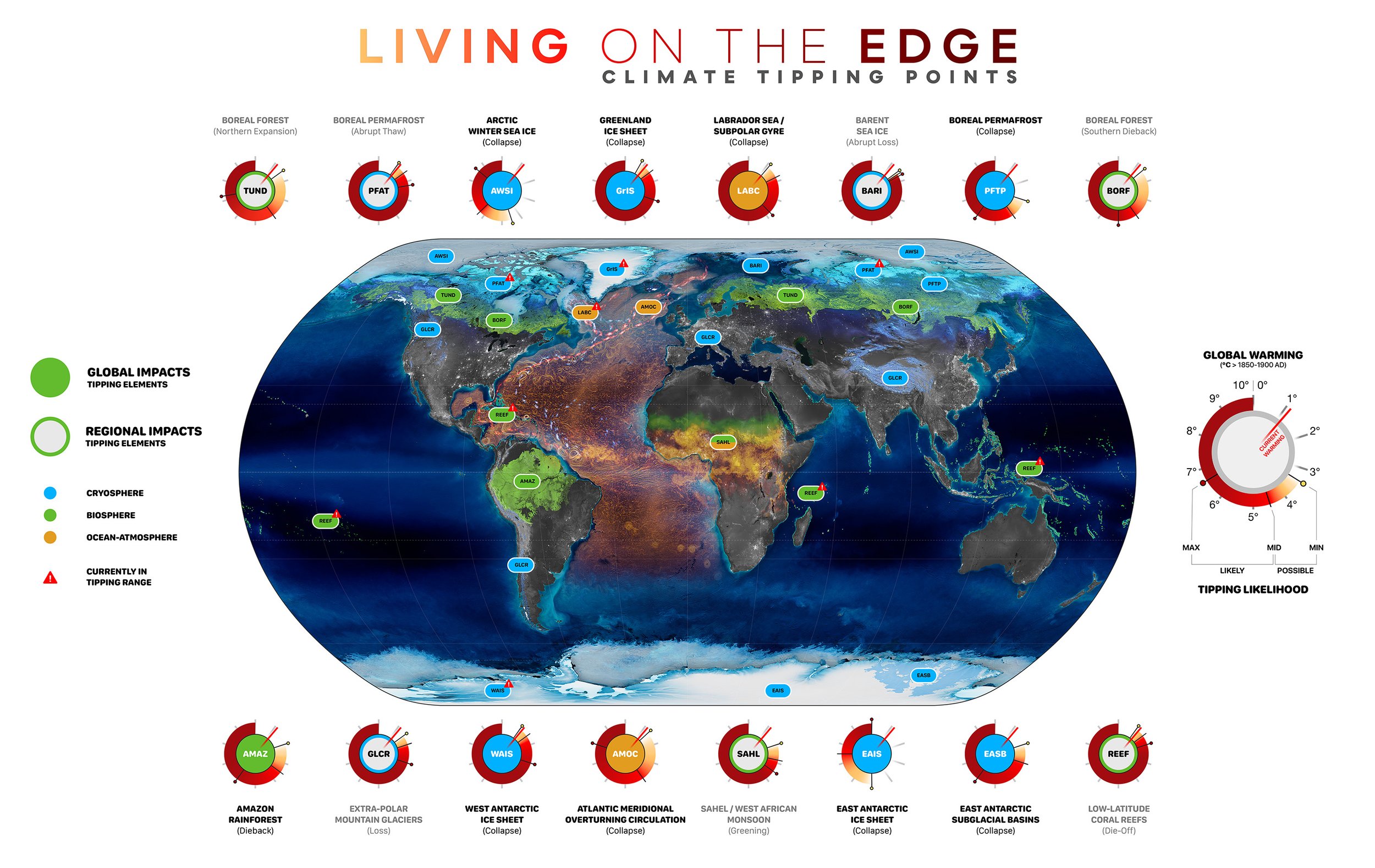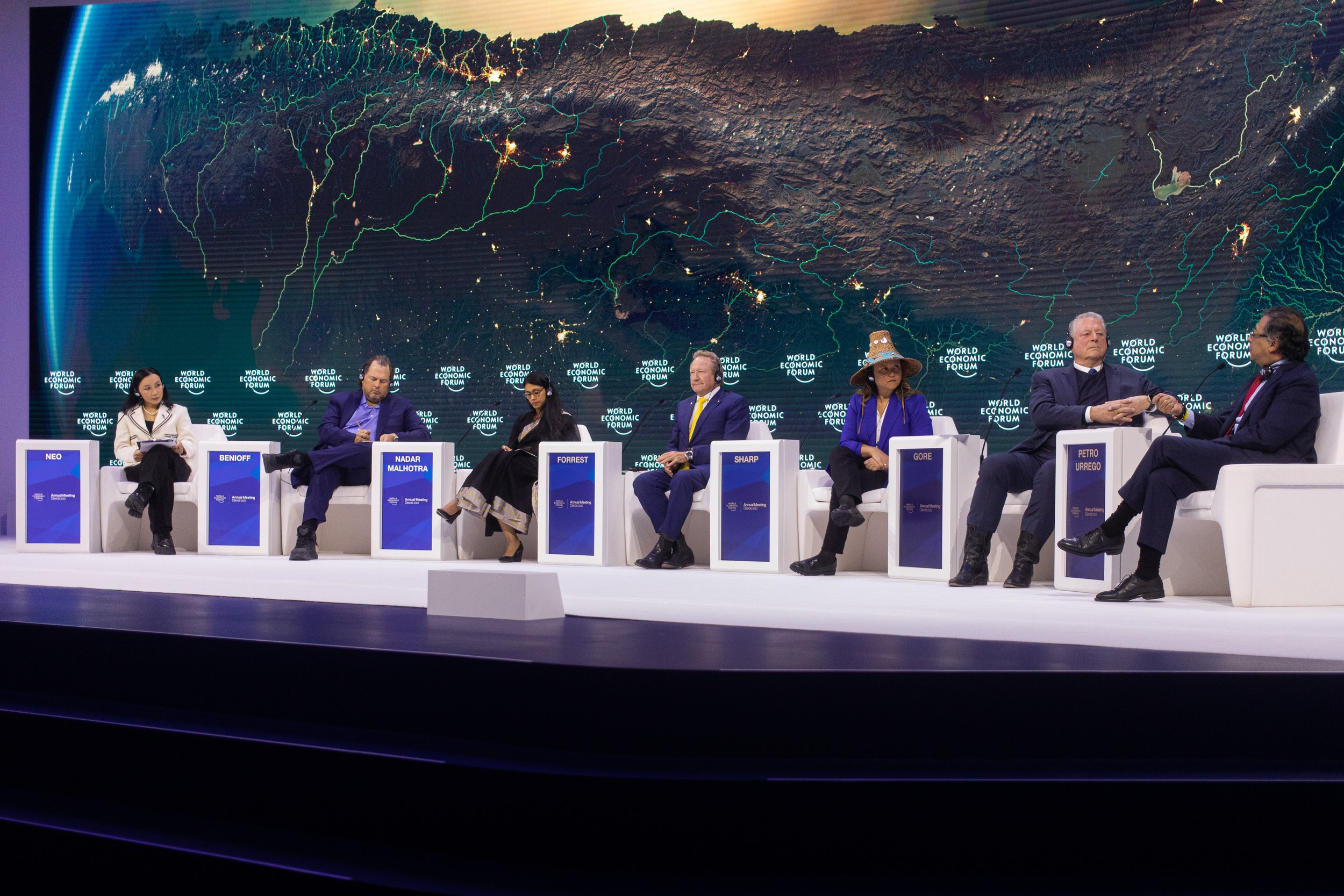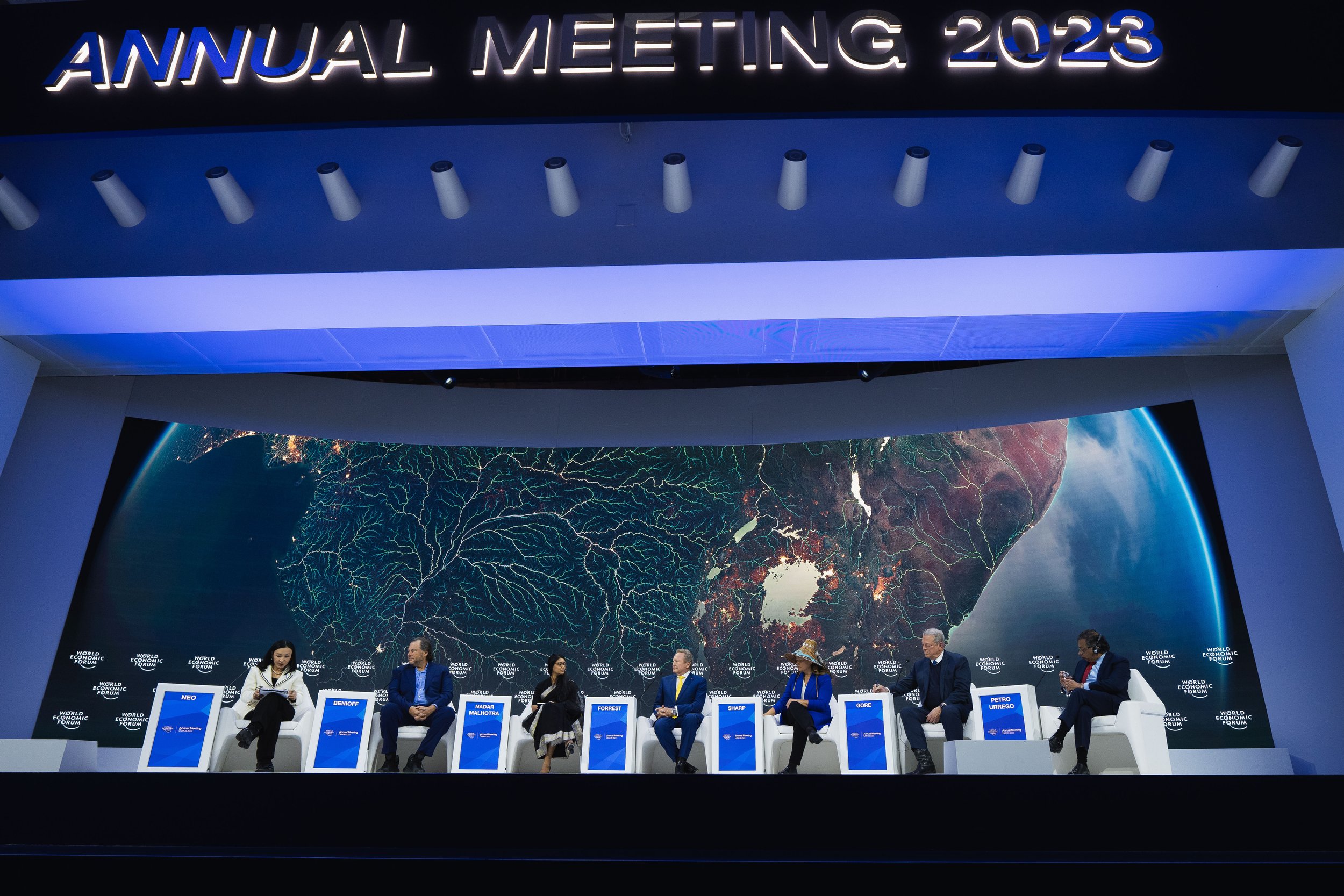
🌍⚖️
Potsdam Institute for Climate Impact Research · Global Commons Alliance · Earth Commission
Planetary Tipping Systems
We had the privilege of designing Johan Rockström’s TED Talk, where he provided a critical and up-to-date assessment of the state of our planet. As we approach the midpoint of the 2020s—a decade widely recognized as the most decisive in the fight against climate change—the urgency to take action has never been greater. Johan Rockström, a leading climate scientist and director of the Potsdam Institute for Climate Impact Research, delivers the latest scientific evaluation of Earth’s current condition and emphasizes that preserving our planet’s resilience requires more than just individual efforts—it demands systemic change on a global scale.
August 2024. We're nearly halfway through the 2020s, dubbed the most decisive decade for action on climate change. Where exactly do things stand? Climate impact scholar Johan Rockström offers the most up-to-date scientific assessment of the state of the planet and explains what must be done to preserve Earth's resilience to human pressure.
Over the last couple of years, we have collaborated with the researchers from the Potsdam Institute for Climate Impact Research, the Global Commons Alliance and the Earth Commission in order to effectively visualize and convey the tipping elements of the Earth System.
According to the Intergovernmental Panel on Climate Change (IPCC):
Tipping points refer to critical thresholds in a system that, when exceeded, can lead to a significant change in the state of the system, often with an understanding that the change is irreversible.
Climate Tipping Points (CTPs) are a critical concern in climate change discussions. They happen when large parts of the climate system reach a point where they begin to change uncontrollably, leading to significant impacts like sea level rise, loss of diverse ecosystems, and carbon release from melting permafrost. Researchers have been reassessing the different CTPs and working to better understand their potential consequences, as well as ways to predict and prevent them. This is important because even the Paris Agreement's goal of limiting global warming to 1.5-2°C might not be enough to prevent crossing multiple tipping points.
Recent research has identified 9 major tipping elements with significant implications for the Earth's overall function and 7 regional tipping elements with substantial effects on human welfare or unique features of the Earth system. With current global warming levels, we are already within the uncertainty range for 5 CTPs. The Paris Agreement's target range still puts us at risk of crossing 6 or more CTPs, including ice sheet collapse and widespread permafrost thaw. Crossing these tipping points will change the world as we know it. Yet every month, we use 1% of the remaining carbon budget for 1.5°C.
Every. Single. Month.
As the world is currently heading towards 2-3°C of global warming, there is a strong need for urgent action to mitigate climate change and avoid crossing multiple tipping points.
Special thanks to Maya Rebermark, Wendy Broadgate, David Armstrong McKay, Tim Kelly, Owen Gaffney and Johan Rockström.
2022 · Exceeding 1.5°C global warming could trigger multiple climate tipping points
Reference: https://www.science.org/doi/10.1126/science.abn7950
Explainer: https://climatetippingpoints.info/2022/09/09/climate-tipping-points-reassessment-explainer/
Climate tipping elements are components of the Earth's climate system that can undergo abrupt and irreversible changes due to human-induced global warming. Here are some main climate tipping elements:
-
The Arctic has been warming at twice the global average rate, leading to a decline in sea ice. Between 1979 and 2020, the Arctic sea ice extent has reduced by approximately 13% per decade. This reduction enhances the ice-albedo feedback, accelerating global warming.
-
Research indicates that the Greenland ice sheet is losing mass at an increasing rate, with an average loss of 260 billion metric tons per year from 2002 to 2020. If the entire ice sheet melts, it could contribute up to 7 meters of global sea-level rise.
-
The melting rate of the West Antarctic ice sheet tripled between 1992 and 2017, with a total contribution of about 14 millimetres to global sea-level rise during this period. Its collapse could raise sea levels by an additional 3 meters.
-
The Amazon rainforest has experienced a 30% increase in deforestation between 2018 and 2019. Recent studies suggest that 50-60% of the rainforest could transition to a savanna-like ecosystem under further deforestation and climate change, severely impacting its capacity to absorb carbon dioxide, store water, and support the immense biodiversity it houses.
The Amazon is home to an estimated 400 billion individual trees, representing more than 16,000 species, and about 10% of the world's known biodiversity. The loss of the Amazon rainforest would also have significant implications for the millions of people who rely on its ecosystem services, such as water supply, food, and medicines, as well as for global climate regulation.
-
These northern forests, accounting for approximately 30% of the Earth's forested area, are experiencing more frequent wildfires and insect outbreaks due to rising temperatures. Since the 1980s, the area burned by wildfires in boreal forests has doubled, reducing their ability to store carbon.
-
Coral reefs, which support 25% of marine species, have experienced a 50% decline in coral cover since the 1950s. Recent studies project that 70-90% of coral reefs could be lost by 2050 if global temperatures increase by 1.5°C, with near-total loss at 2°C of warming.
-
Permafrost covers about 24% of the exposed land in the Northern Hemisphere. Current estimates suggest that permafrost could release 150-240 billion tons of carbon into the atmosphere by 2100, exacerbating global warming. Additionally, there is potential for significant methane release, a greenhouse gas 25 times more potent than carbon dioxide.
-
The AMOC is a critical ocean current system that helps regulate the Earth's climate. Recent research indicates that the AMOC has weakened by approximately 15% since the mid-20th century. A weakened AMOC could result in regional climate shifts, impacting weather patterns, sea levels, and ecosystems.
We have devoted significant effort to portraying the worldwide scope of climate tipping systems by engaging in an extensive research and development process and refining our approach through multiple data-driven iterations. This process has allowed us to enhance our understanding of these critical elements and present a comprehensive view of their interconnected nature and potential impacts on our planet.
We have created data visualizations illustrating the planetary tipping points for the Global Commons Alliance, showcasing the critical thresholds and interconnectedness of Earth's climate system components.
Talks & Videos
World Economic Forum 2023 · Plenary Screen | Sixteen Climate Tipping Points
World Economic Forum 2023 · Plenary Screen | Four 1.5°C Tipping Systems
World Economic Forum 2023 · Plenary Screen | Interconnected Tipping Elements
World Economic Forum 2023 · Plenary Screen | Well-Documented Cascading Effect
World Economic Forum 2023 · Plenary Screen | Human Climate Inhospitality by 2070 (RCP8.5)
World Economic Forum 2023 · Plenary Screen | Earth System Boundaries (Safe & Just Boundaries)

